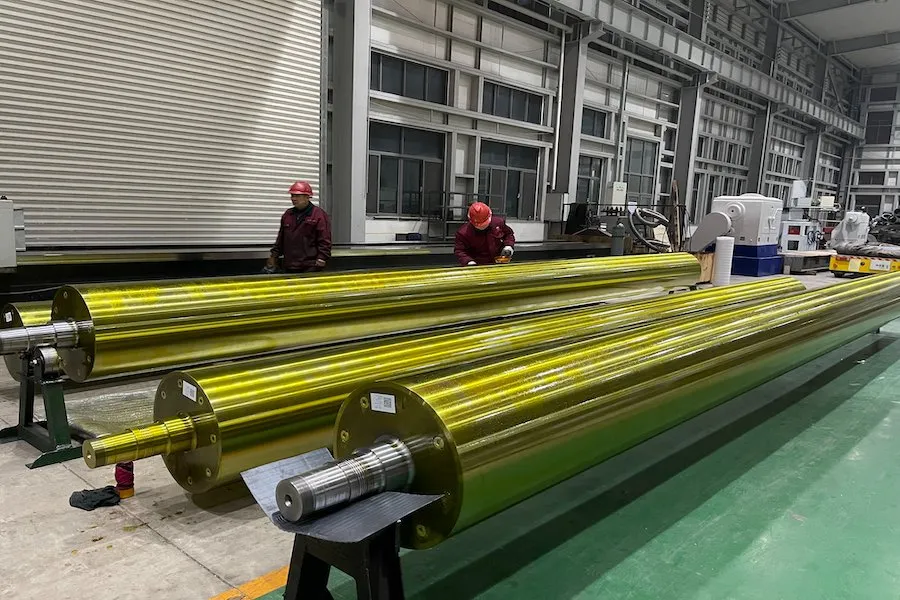Introduction
When it comes to paper machine rolls, choosing between granite and composite materials can be a daunting task. After all, both options have their unique advantages and disadvantages. In this article, we will delve into the world of granite rolls and composite rolls, exploring their key features, benefits, and drawbacks. By the end, you'll have a better understanding of which type of roll is best suited for your specific needs.
The Basics: Granite Rolls vs. Composite Rolls
Granite rolls are made from natural stone, while composite rolls are engineered from a combination of materials, typically resins and fibers. Here's a quick overview of each:
Durability: How Long Do Granite Rolls and Composite Rolls Last?
Durability is a crucial factor when selecting paper machine rolls. Let's compare the lifespan of granite and composite rolls:
- Granite rolls: Due to their hardness and resistance to abrasion, granite rolls typically last longer than composite rolls in high-stress applications.
- Composite rolls: While not as durable as granite rolls, composite rolls still offer a respectable lifespan, especially in lower-stress environments. Their flexibility also makes them less prone to cracking and breaking.
Weight and Flexibility: Key Differences
The weight and flexibility of paper machine rolls can significantly impact their performance. Here's how granite and composite rolls stack up:
- Granite rolls: Granite rolls are heavier and less flexible than composite rolls, which can make them more challenging to install and maintain.
- Composite rolls: Composite rolls are lighter and more flexible, making them easier to handle and install. They also offer better vibration dampening, which can lead to improved paper quality.
Heat Resistance: Which Roll Type Performs Better?
Heat resistance is another essential factor to consider when choosing between granite and composite rolls. Here's a comparison of their heat resistance capabilities:
- Granite rolls: Granite rolls have good heat resistance but may still expand or contract slightly when exposed to high temperatures.
- Composite rolls: Composite rolls typically offer superior heat resistance, as they are engineered to maintain their dimensional stability even in extreme temperatures.
Practical Application: Making the Right Choice
Now that we've explored the key differences between granite and composite rolls let's discuss some practical tips for making the right choice:
- Consider your specific application, including the stress levels, temperature requirements, and desired roll lifespan.
- Evaluate the installation and maintenance requirements for each roll type.
- Consult with a roll manufacturer or industry expert to get their professional opinion on which roll type is best suited for your needs.
Conclusion
In conclusion, both granite and composite rolls have their unique advantages and disadvantages. By carefully considering your specific application, installation and maintenance requirements, and consulting with industry experts, you can make an informed decision on which roll type is right for your paper machine. Remember, the goal is to find the best balance between performance, durability, and cost-effectiveness.
Next Steps
Now that you have a better understanding of granite rolls vs. composite rolls, it's time to take action. Reach out to roll manufacturers and industry experts to get their input on your specific situation. By gathering multiple perspectives and asking the right questions, you'll be well on your way to making the best decision for your paper machine.



